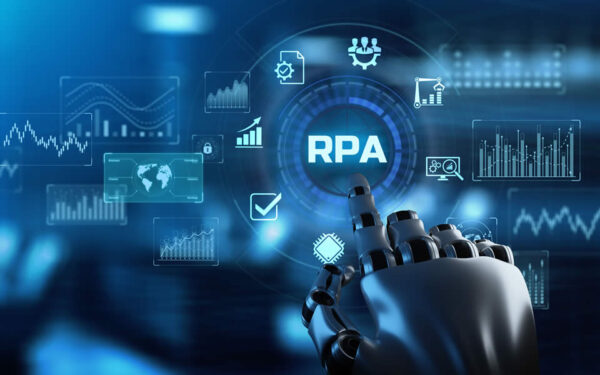Forensic Investigations: Were Those the Days?
Have you ever had a case involving a large volume of individual financial transactions? Whether securities trades, bank deposits and disbursements, wire transfers, loan transactions or vendor payments, the answer is often in the details. Typically, an accountant or financial expert is hired to analyze these types of transactions and make sense of the related documentation. Does anyone remember what that was like in the old days?
The Early Days
There was a time, not so long ago, when such an analysis required manual input of data for hundreds or even thousands of individual transactions from hard copy documents before any sort of meaningful analysis could begin. Of course, manual input requires human effort, and in addition to cost, human error becomes part of the equation. The time and expense of inputting and analyzing large volumes of data required hard decisions about sampling or an analysis of only a subset of the records. Requests for records in electronic format may have helped, but often yielded a response consisting of the same records or documents produced as a series of scanned PDFs, which required essentially the same effort.
The use of optical character recognition (OCR) technology provided a solution that changed that and has continued to improve over time. Hard copy documents can be scanned and, depending on the format and quality of the image, may be converted to active spreadsheets. For example, 10 years ago, we successfully converted a massive number of trading statements into line-by-line detail, saving our client time and money. The conversion of the transaction detail allowed us to create a complete dataset that could be used to classify, group, and summarize transactions. An important benefit was that the time saved inputting detailed data translated into more time available for review and analysis.
Technological Advances
Today, not only has the OCR technology improved, but it also can be used in conjunction with robotic process automation (RPA) and other advanced data extraction technologies to handle more complex and even larger volumes of documents. With this technology, reading printed information from documents, and even handwritten characters in block format from check copies, can be completed with success. Selective capture of data using RPA, including utilizing contextual information such as the location on the page or preceding headings, greatly improves the efficiency of forensic analysis by reducing the amount of data that needs to be analyzed. We note that this technology requires quality control, proofing and cross-checking (as do all processes), but even so, it offers significant time and cost savings.
Emerging Technology
New technologies are emerging, not just to create the datasets that need to be analyzed, but to assist with the analysis itself. In recent years, tools have come to market that automate some of the standard types of analysis or, at least, provide a framework to greatly reduce the time it takes to perform the analysis. Some of these tools work inside of Excel to provide additional functionality. Many of the complex statistical analyses can now be integrated into a forensic investigation using these tools. As the tools have been refined, developers have added features addressing industry-specific analysis types. As helpful as these tools are today, the trend in technology is a move toward artificial intelligence (AI) and machine learning.
There has been a lot of news about how AI and machine learning are going to revolutionize the way many industries operate. From medical research to autonomous vehicles, the possibilities are almost endless. The same technology will begin to change how we perform forensic analysis as well. Already we see some of these technologies affecting litigation through eDiscovery platforms. Capabilities like Technology Assisted Review or Advanced Analytics are just some of the uses you may be familiar with.
Teaching the review program what documents are relevant by classifying a small set, then allowing the program to process the remaining documents so the investigator does not have to scan thousands of pages manually, significantly reduces costs. As the technology matures, tools will be developed to harness the power of these innovations. We see the beginning of this with tools that automatically parse contracts to identify specific clauses. There will be a time when large unstructured datasets are loaded into these tools, and AI or other advanced technologies will process and analyze the data with limited human interaction, at least in the initial phase of an investigation. Imagine loading all of a company’s accounting and HR data and quickly being provided a list of unusual transactions for further investigation.
The Future
Over the years, forensic investigations have experienced significant changes as technology has changed. From green bar paper to Excel worksheets to AI, each year there are new tools available to the investigator. The use of these advanced technologies has reduced costs and expanded the capabilities of firms like Marcum that have made the investments, both financial and in skilled human resources, required to take advantage of them. In the future, forensic investigations will require investigative skills as well as an understanding of how to use these advanced technologies to complete investigations. When a firm makes the proper investments, the result is expanded capabilities that can be used to execute an investigation with reduced costs, increased efficiency, quicker turnaround, and an overall superior product.





















